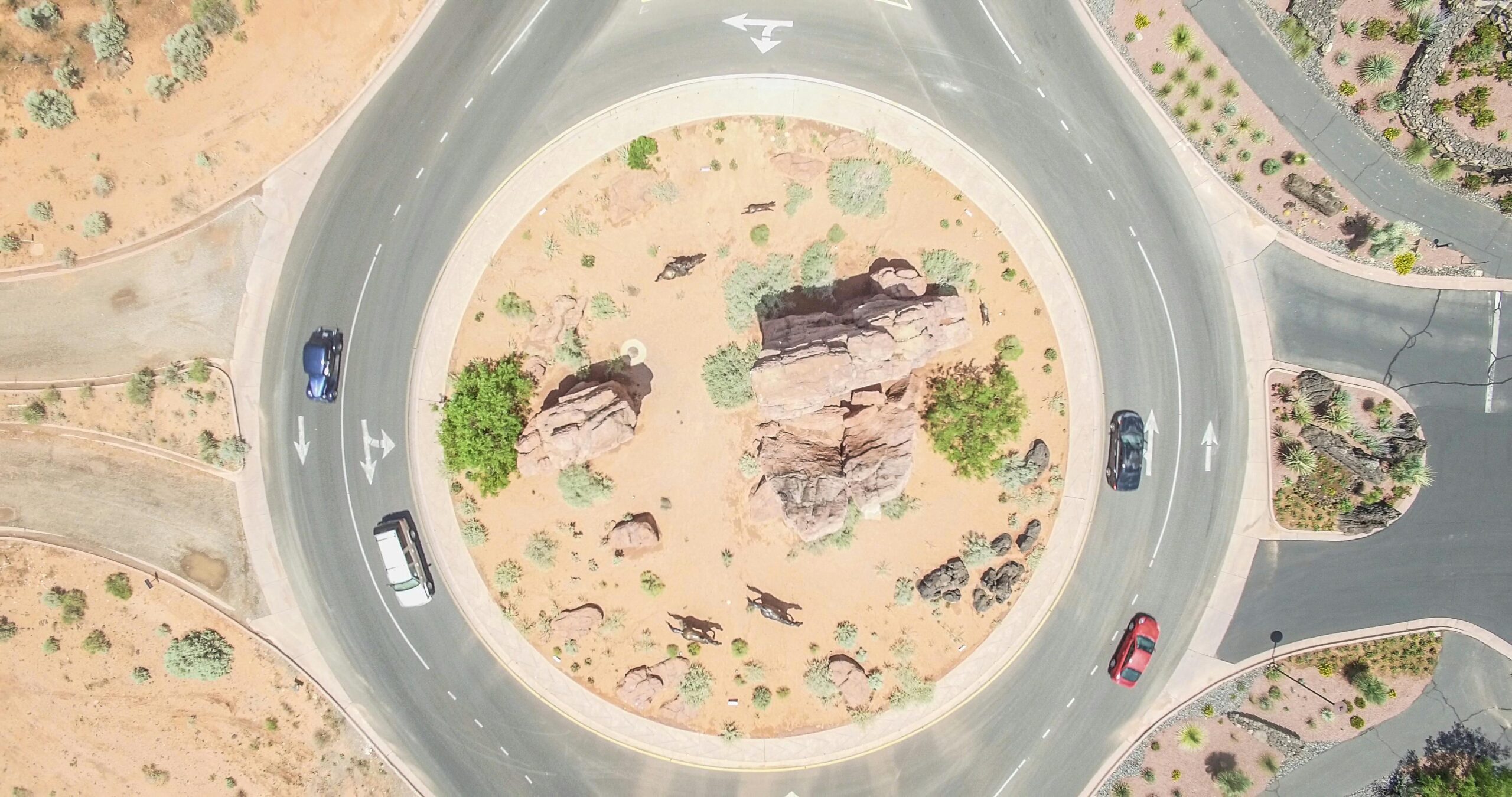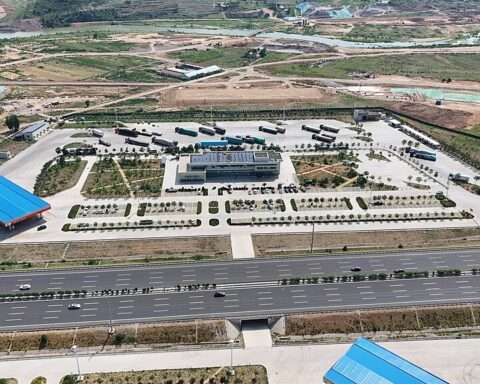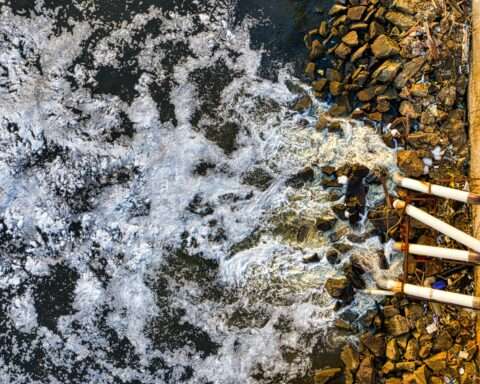Utah and Nevada have been recognized as being among the top contenders for best infrastructure conditions across the entire nation, a report finds.
According to the American Society of Civil Engineers (ASCE) – the leading organization of civil engineers in the county – Utah and Nevada are among only four states that have received a “C+” ranking in its 161-page, 2025 report. Both states achieved scores a step above the national average, which sits at a cohesive “C.”
Utah’s overall grade hasn’t changed since its last report card in 2020, though a selection of its categories dipped or rose. Out of the 12 evaluated categories, the state’s Aviation sector was the only one to rise in grade to C+. The grades for the bridges, stormwater and transit category, in contrast, dipped to a lower grade. The state’s grades, ordered highest to lowest, are as follows:
- Roads – B+.
- Bridges – B.
- Drinking Water, Solid Waste, Transit – B-.
- Aviation, Dams, Hazardous Waste – C+.
- Stormwater, Wastewater – C.
- Canals – D+.
- Levees – D-.
The state’s roads and bridges stand out as leaders in infrastructure, showcasing Utah’s commitment to investing in quality transportation routes. In 2023, Utah approved the largest transportation program in state history, allocating $14.34 billion over six years to expand, preserve, rehabilitate and replace existing infrastructure. According to the report, approximately 95% of roadways in Utah are in good or fair condition.
Despite this, the state’s bridge system has suffered a funding shortfall in recent years, resulting in 44% of its bridges in poor condition or dropping to poor condition. Though the state’s bridge grade is still higher than the national average, Utah’s bridge network is aging with 35% of its structures having been in operation for more than five decades.
Utah’s aviation score rose due to its recent investments in building new terminals to handle up to 34 million passengers annually. While hazardous waste, stormwater and wastewater infrastructure remain at an acceptable level, the state’s dams, canals and levees continue to face challenges.
While the rating for dams holds an acceptable “C+” rating, the state’s infrastructure to handle inclement weather and flood events continues to be tested. Just over half of Utah’s high-hazard potential dams are in satisfactory condition. Levees and canals are in comparatively worse condition, with most of their infrastructure being severely dated and lacking the upkeep needed to adequately protect local communities.
Nevada’s infrastructure state is in comparative condition to Utah’s, with the notable difference being an increase in overall grade compared to its previous rating in 2018. The state’s categories that received grading are as follows:
- Bridges, Wastewater – B-.
- Aviation, Energy, Public Parks – C+.
- Roads – C.
- Dams, Drinking Water – C-.
Notably, none of Nevada’s categories fall below a “C-” grade, meaning none of its measures in infrastructure sectors are in poor condition. Currently, 75% of the bridge network is in good condition while only 1.5% is structurally deficient, though 26% of those structures are more than 50 years old. While Nevada’s bridges are among the best in the nation, a funding shortfall poses challenges to address future needs while preserving current structures.
Nevada’s energy grade dropped from a “B-” compared to its last report, highlighting developing challenges in meeting the state’s energy needs and the slow development of new generation capacity. While there have been significant investments in renewable energy sources, the state is using energy faster than it can generate.
Road conditions have not changed since the last report, standing at a “C” grade with more than half of its roadway infrastructure in good or very good condition. However, with Infrastructure Investment and Jobs Act (IIJA) funds expiring at the end of 2026, ASCE estimates that Nevada will have a $6 billion funding gap for roads over the next decade.
The dam grade increased by a step to “C-”, on par with the state’s investments in drinking water infrastructure. Dams are critical for storing potable water before distribution and have received extensive work over the past seven years to improve conditions and develop emergency action plans.
Water conservation efforts have been a primary focus for years due to the state’s dryness. Despite its efforts, Nevada’s water treatment and storage facilities are reaching the end of their design life with $3 billion in capital improvement projects planned over the next 10 years to address rehabilitation and replacement needs.
Photo by Brennan Tolman from Pexels













